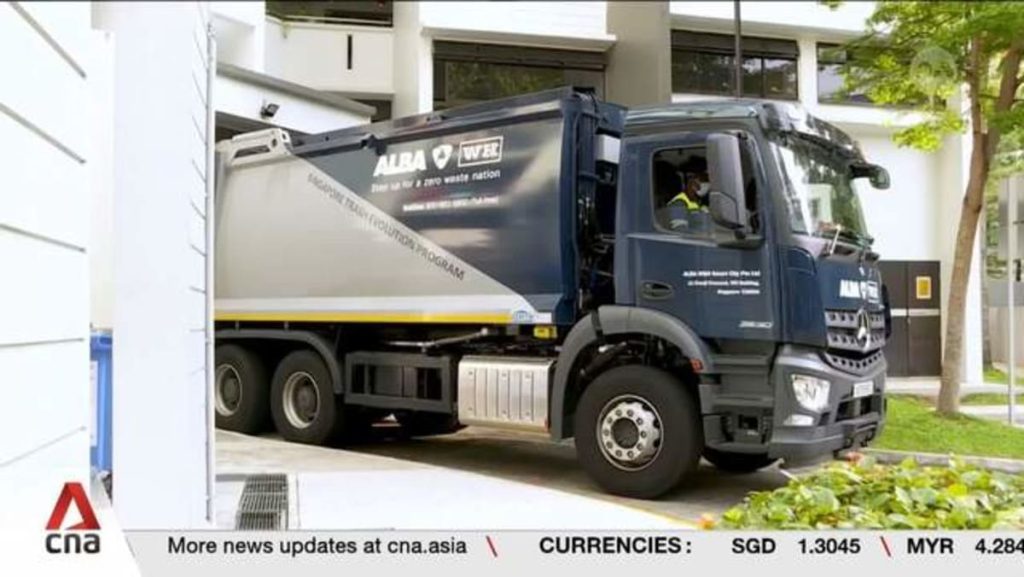The recycling process for electronic devices starts with their collection from consumers or businesses. This can happen through various channels such as e-waste collection points, electronic recycling events, or drop-off locations. Once the devices are collected, they are sent to specialized facilities where they are sorted based on their material composition. This sorting process is essential as electronic devices contain a wide range of materials, including metals, plastics, and glass, all of which need to be separated for proper recycling.
Next, the devices go through a dismantling process where they are taken apart manually or through automated machinery. During the dismantling process, components such as batteries, circuit boards, and wires are removed and sorted further. These components contain valuable materials such as gold, silver, copper, and rare earth metals, which can be extracted and reused in new electronic products. Additionally, hazardous materials like lead, mercury, and cadmium are also separated during this process to prevent environmental contamination.
Once the components are separated, they are sent to specialized recycling facilities where they undergo further processing. For example, circuit boards are ground into fine particles to extract precious metals through techniques like smelting and leaching. Plastics are melted down and reprocessed into new plastic materials, while glass is crushed and used in the manufacturing of new glass products. Through these processes, the valuable materials in electronic devices are recovered and reused, reducing the need for virgin materials and decreasing the environmental impact of electronic waste.
However, the recycling process for electronic devices is not without its challenges. One major obstacle is the complexity of electronic devices, which contain a wide range of materials that need to be separated and processed accordingly. This complexity makes recycling expensive and labor-intensive, especially for older devices that may not be designed with recyclability in mind. As a result, many electronic devices end up in landfills or incinerators, contributing to environmental pollution and resource depletion.
To address these challenges, efforts are being made to improve the recycling rates of electronic devices. This includes raising awareness among consumers about the importance of recycling e-waste and the proper disposal methods available to them. Governments and manufacturers are also implementing policies and programs to incentivize recycling, such as e-waste collection programs and extended producer responsibility schemes. By increasing the collection and recycling of electronic devices, we can reduce the environmental impact of e-waste and move towards a more sustainable waste management system.
In conclusion, while progress has been made in the recycling of electronic devices, there is still work to be done to improve recycling rates and reduce the environmental impact of e-waste. By understanding the recycling process for electronic devices and the challenges it faces, we can work towards a more sustainable future for electronic waste management. With the support of governments, manufacturers, and consumers, we can create a circular economy for electronic devices where materials are recovered and reused, leading to a more environmentally friendly and resource-efficient approach to e-waste management.













